Home>diy>Architecture & Design>How To Do Basic Landscaping Design For The Front Of Your House
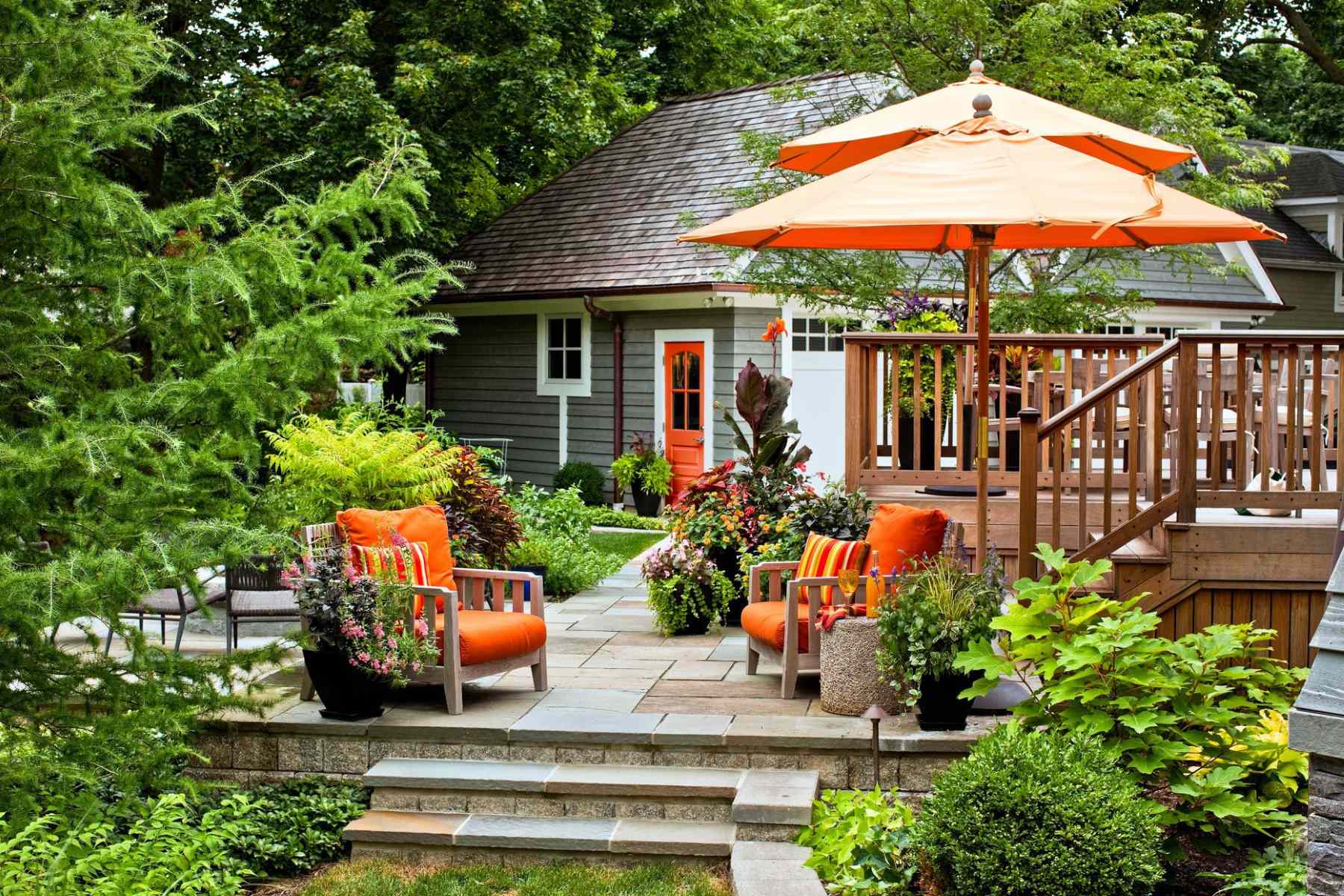

Architecture & Design
How To Do Basic Landscaping Design For The Front Of Your House
Modified: December 7, 2023
Learn the basics of front yard landscaping design to enhance your home's curb appeal. Discover tips and techniques for creating an architectural design that complements your house.
(Many of the links in this article redirect to a specific reviewed product. Your purchase of these products through affiliate links helps to generate commission for Storables.com, at no extra cost. Learn more)
Introduction
Welcome to the world of landscaping design! Whether you’re a new homeowner looking to enhance the curb appeal of your house or an experienced gardener wanting to try something new, designing the front yard of your house can be a rewarding and creative endeavor. A well-designed front yard not only adds beauty and charm to your home but also creates a warm and inviting atmosphere for both your family and guests.
In this article, we will explore the basics of landscaping design for the front of your house. We will cover everything from assessing your front yard to choosing plants and trees, creating focal points, adding pathways and walkways, incorporating lighting, and even implementing water features. By the end of this article, you will have the knowledge and inspiration to transform your front yard into a stunning outdoor space.
Before we dive into the design process, it’s important to remember that landscaping design is a highly personal and subjective art form. What works for one person may not work for another. That’s why it’s essential to assess your front yard, determine your design goals, and choose elements that align with your tastes and preferences.
So, grab a notebook and a pencil, put on your creative hat, and let’s get started on creating a visually captivating front yard that reflects your unique style and personality!
Key Takeaways:
- Create a visually stunning front yard by assessing your space, determining design goals, choosing the right plants, and incorporating focal points, pathways, lighting, and water features. Regular maintenance and updates will ensure a welcoming and enjoyable outdoor space.
- Transform your front yard into a captivating outdoor sanctuary that complements your home and reflects your personal style. With careful planning, creativity, and maintenance, you can create a beautiful and inviting landscape that brings joy and serenity into your life.
Read more: How To Add A Porch To Your House
Assessing your Front Yard
Before you begin designing your front yard, it’s crucial to assess the existing space and factors that may influence your design choices. This assessment will help you understand the layout, dimensions, and existing features of your front yard, allowing you to make informed decisions during the design process.
Start by taking a walk around your front yard and observe its current state. Take note of any existing plants, trees, or structures that you want to keep or incorporate into your design. Look for any potential issues such as sloping terrain, drainage problems, or areas that receive excessive sunlight or shade.
Consider the architectural style of your house and how your front yard can complement it. A modern house may benefit from clean lines and minimalist landscaping, while a rustic farmhouse could be enhanced by a more natural and organic design.
Take into account the size of your front yard and how it relates to the scale of your house. A large front yard would provide ample space for various landscape elements, while a smaller yard might require more careful planning and space optimization.
Another crucial aspect is to consider the climate and environmental conditions of your region. Different plants and trees thrive under different conditions, so choose ones that are suitable for your climate. Additionally, consider the amount of rainfall, the average temperature, and the types of soil in your area.
Lastly, think about the functionality and practicality of your front yard. Do you need space for children to play, for entertaining guests, or for gardening? Understanding your needs and priorities will help you make better design decisions.
By thoroughly assessing your front yard, you’ll gain a deeper understanding of the space and its potential. Armed with this knowledge, you can move forward with confidence as you embark on the design journey for your front yard.
Determining your Design Goals
Once you have assessed your front yard, it’s time to determine your design goals. Consider what you want to achieve with your landscaping design and how you want your front yard to look and feel. This step is crucial as it will guide your decision-making process throughout the design process.
Start by thinking about the overall aesthetic you want to create. Are you drawn to a formal and symmetrical design or a more relaxed and natural look? Consider factors such as your house’s architectural style, your personal preferences, and any existing elements you would like to incorporate or enhance.
Next, think about the atmosphere you want to create in your front yard. Do you envision a tranquil and peaceful space, or would you prefer a vibrant and colorful garden? Consider the mood and ambiance you want to evoke when designing your space.
Functionality is also an essential aspect of determining your design goals. Consider how you plan to use your front yard. Do you want space for outdoor entertaining, a play area for children, or a designated spot for gardening? Ensuring that your design meets your practical needs will help you get the most out of your front yard.
Additionally, think about your maintenance preferences. Are you willing to dedicate a significant amount of time to upkeep, or do you prefer a low-maintenance landscape? This will influence your plant choices and the complexity of your design.
Another factor to consider is sustainability. Incorporating eco-friendly design elements such as native plants, rainwater harvesting systems, or composting areas can help reduce your environmental impact and create a more sustainable front yard.
Lastly, don’t forget about the budget. Determine how much you are willing to invest in your landscaping project and prioritize your design goals accordingly. Keep in mind that a well-planned design can be achieved on any budget, so don’t be discouraged if you have financial limitations.
By clarifying your design goals, you will have a clear vision and direction for your front yard. This will make the design process more focused and enjoyable, ensuring that your final result aligns with your aspirations and enhances the overall beauty and functionality of your home.
Choosing Plants and Trees
Choosing the right plants and trees for your front yard is a crucial step in creating a visually appealing and vibrant landscape. The selection of greenery will greatly influence the overall aesthetic of your front yard, so it’s essential to choose wisely.
Start by considering the climate and environmental conditions of your region. Different plants and trees thrive in different climates, so it’s important to choose ones that are well-suited to your area. Research the hardiness zones of your region to ensure you select plants that will thrive and withstand the local weather conditions.
Consider the size and scale of your front yard when choosing plants and trees. Select varieties that will fit proportionately within the space and won’t overpower or overcrowd other elements. This will create a harmonious and balanced look.
Think about the purpose you want your plants and trees to serve. Do you want them to provide privacy, shade, or visual interest? Choose plants with specific characteristics that align with your goals. For example, tall evergreen trees can provide privacy, while flowering shrubs can add pops of color.
Consider the maintenance requirements of the plants and trees you choose. Some may require frequent pruning, while others may be more low-maintenance. If you prefer a minimal upkeep yard, opt for plants that don’t require constant attention.
It’s also important to choose plants and trees that complement each other in terms of color, texture, and form. Create a cohesive and harmonious look by selecting varieties that work well together and create visual interest. Incorporating a mix of different heights, foliage types, and bloom times will add depth and dimension to your front yard.
Don’t be afraid to add some pops of color to your front yard through flowering plants. Choose a variety of flowers with different bloom times to ensure your yard is blooming all season long. Be sure to consider how the colors of the flowers will coordinate with the exterior of your house.
Lastly, consider sustainability when choosing plants and trees. Opt for native species as they are better adapted to the local ecosystem and require less water and maintenance. Native plants also attract local wildlife, such as birds and butterflies, adding to the ecological value of your front yard.
By carefully selecting the right plants and trees for your front yard, you can create a lush and inviting landscape that complements your home and reflects your personal style. Take the time to research and explore different options to find the perfect combination for your dream front yard.
Creating a Focal Point
A focal point is an essential element in landscaping design as it draws the eye and creates visual interest in your front yard. It serves as a central feature that captures attention and anchors the overall design. Creating a focal point can elevate the aesthetic appeal of your front yard and make it stand out.
There are several ways to create a focal point in your front yard, depending on your preferences and the style of your home. Here are a few ideas to get you started:
- Water Features: Install a beautiful fountain, a serene pond, or a cascading waterfall to add a sense of tranquility to your front yard. Water features not only create a focal point but also provide soothing sounds and attract local wildlife.
- Garden Sculptures: A sculptural piece, such as a statue or a unique art installation, can act as a captivating focal point. It adds a touch of personality and creativity to your front yard, making it a true reflection of your style.
- Statement Trees: Planting a majestic tree with distinct features or unique foliage can serve as a natural focal point. Consider varieties with vibrant leaves, interesting bark patterns, or stunning blooms to create a striking visual impact.
- Architectural Elements: If your home has striking architectural features, such as a grand entryway or a beautiful porch, use them as focal points. Enhance these elements with complementary landscaping elements, such as colorful flowers or well-placed lighting.
- Eye-catching Plantings: Create a focal point by planting a grouping of plants or flowers with bold and vibrant colors. This cluster of colorful blooms will immediately catch the eye and add visual interest to your front yard.
When creating a focal point, it’s important to consider its placement and how it interacts with other elements in your front yard. It should be strategically positioned to draw attention and create a sense of balance within the overall design. Take into account the scale, height, and visibility of the focal point from different angles to ensure its impact is maximized.
Remember that the focal point should complement the overall theme and style of your front yard. It should not overpower or compete with other elements but rather enhance the cohesive look and feel of the space.
By incorporating a well-designed focal point, you can create a captivating centerpiece in your front yard that becomes the focal point of attention. It adds depth, intrigue, and personality to your landscape, making it truly unique and memorable.
When designing the landscaping for the front of your house, consider using a variety of plants with different heights, textures, and colors to create visual interest and depth. This will help to create a more dynamic and appealing landscape.
Read more: How To Connect A Porch Roof To House
Adding Pathways and Walkways
Pathways and walkways not only serve a practical purpose of guiding people through your front yard, but also add an element of charm and elegance to the overall design. They create a sense of flow and connectivity, making your front yard more welcoming and inviting. Here are some tips for adding pathways and walkways to your front yard:
- Consider Functionality: Before designing your pathways, think about their primary purpose. Are they intended for practical use, such as providing a direct route from the driveway to the front door? Or are they more decorative, designed to meander through a garden or create visual interest? Understanding the main function will help you determine the layout and placement of your pathways.
- Choose Materials: Selecting the right materials for your pathways is crucial for both functionality and aesthetics. Options include concrete, stone pavers, gravel, or even wood chips. Consider the overall style of your home and front yard to choose materials that complement the existing design. Additionally, ensure that the materials are durable and suitable for your climate to withstand foot traffic and weather conditions.
- Create a Design: Think about the shape and design of your pathways. Straight lines create a formal and structured look, while curved pathways add a sense of whimsy and flow. Consider incorporating patterns or adding borders with different materials or colors to create visual interest. Remember to align the design of your pathways with the overall style and theme of your front yard.
- Lighting: Don’t forget to add lighting along your pathways to enhance safety and create a warm ambiance. Consider incorporating low-voltage landscape lighting fixtures or solar-powered lights to illuminate the path during the evening hours. This will not only add an element of visual interest but also improve the overall functionality of your front yard.
- Landscaping Along the Pathways: Soften the edges of your pathways by adding plants, flowers, or shrubs along the sides. This will create a seamless integration between the pathways and the surrounding landscape. Choose plants that won’t overgrow and require frequent trimming to maintain a neat and tidy appearance.
When designing your pathways, it’s important to consider accessibility and ease of use. Ensure that the pathways are wide enough for easy navigation, especially if you have strollers, wheelchairs, or elderly visitors. Avoid steep gradients or steps that can pose challenges for individuals with mobility issues.
By adding pathways and walkways to your front yard, you not only improve the functionality and navigation but also elevate the overall aesthetic appeal. They provide a structured and organized look, guiding visitors through your carefully designed landscape and enhancing the beauty and charm of your front yard.
Incorporating Lighting
Proper lighting is an essential element in landscaping design, as it has the power to transform your front yard into an enchanting and inviting space, even after the sun sets. Well-placed outdoor lighting not only enhances the safety and security of your home but also adds visual appeal and highlights key features. Here are some tips for incorporating lighting into your front yard:
- Illuminate Pathways and Walkways: Adding lighting along your pathways and walkways not only enhances safety but also creates a welcoming ambiance. Consider installing low-voltage path lights or recessed lights to guide guests to your front door and create a visual sense of direction.
- Highlight Architectural Features: Use lighting to accentuate the unique architectural details of your home. Illuminate interesting facades, columns, or entryways with uplights or wall-mounted fixtures. This will add depth and drama to your front yard and create a captivating focal point.
- Showcase Trees and Plantings: Use well-placed lights to highlight the beauty of your trees, shrubs, and flower beds. Consider using spotlights or in-ground well lights to create a dramatic effect and draw attention to specific plants or trees.
- Create Ambiance with Ambient Lighting: Incorporate ambient lighting, such as string lights, lanterns, or sconces, to create a warm and inviting atmosphere. These soft, diffused lights can be hung from pergolas, wrapped around trees, or placed strategically to add a touch of magic to your front yard.
- Add Dramatic Effects: For a more dramatic and transformative effect, consider using colored lighting or well-placed spotlights. This can create a striking visual impact, especially when highlighting unique architectural elements, sculptures, or water features.
When planning your lighting design, it’s important to strike a balance between functionality and aesthetics. Ensure that the lighting serves its intended purpose in terms of safety and visibility while also enhancing the beauty of your front yard. Experiment with different angles, intensities, and fixtures to achieve the desired effect.
Consider using eco-friendly lighting options such as LED lights, which are energy-efficient and have a longer lifespan. Additionally, think about using timers or motion sensors to conserve energy and provide additional security for your home.
Lastly, focus on creating a cohesive lighting scheme that ties together different elements of your front yard. Avoid excessive or overly bright lighting that can appear harsh or overwhelming. Instead, aim for a balanced and subtle illumination that enhances the natural beauty of your landscape.
By incorporating outdoor lighting into your front yard, you can create an enchanting and captivating space that invites you to linger and enjoy the magic of your outdoor surroundings, even after the sun sets.
Implementing Water Features
Water features add a sense of tranquility, beauty, and sophistication to any front yard. They create a soothing and calming ambiance while also becoming a focal point that captures attention. Whether it’s a small fountain, a pond, or a cascading waterfall, implementing water features can elevate the overall aesthetic of your front yard. Here are some tips for incorporating water features into your landscaping design:
- Consider the Size and Scale: The size of your front yard will determine the scale of the water feature you can implement. For smaller yards, consider smaller, freestanding water features like a tabletop fountain or a bubbling urn. If you have more space, you can opt for larger options such as a pond with aquatic plants or a cascading waterfall.
- Choose a Style that Complements Your Home: Select a water feature style that harmonizes with the overall architectural style of your home. A modern home might benefit from a sleek and minimalist water feature, while a traditional house could be enhanced by a classic, tiered fountain. The goal is to create a cohesive and visually appealing design.
- Consider Maintenance Needs: Different types of water features have different maintenance requirements. Ponds, for example, may require regular cleaning and monitoring of water quality. Consider the time and effort you are willing to invest in maintenance when choosing a water feature for your front yard.
- Placement and Integration: Carefully consider the placement of your water feature to optimize its impact. A water feature placed near the entrance can create a welcoming atmosphere, while one positioned in a peaceful corner adds a sense of serenity. Integrate your water feature with surrounding plants, rocks, or seating areas to create a seamless and natural look.
- Sound and Movement: One of the most appealing aspects of water features is the relaxing sounds they produce. Consider the sound you want to achieve—whether it’s a gentle trickle, a cascading waterfall, or a babbling brook—and choose the water feature accordingly. Movement is also crucial, as it brings life and energy to your front yard.
- Lighting: Enhance the beauty of your water feature by incorporating lighting. Submersible lights or strategically placed fixtures can illuminate the water, creating a stunning visual effect. Lighting also allows you to enjoy the beauty of your water feature during the evening hours and adds a touch of magic to your front yard.
Remember to check local regulations or consult with a professional to ensure compliance with any water use or conservation guidelines in your area. Also, consider the safety aspects if you have children or pets, and take necessary precautions to prevent accidents.
By implementing a water feature in your front yard, you can transform it into a tranquil oasis that welcomes you and your guests with the soothing sounds and mesmerizing beauty of water. It’s an investment that adds both visual and sensory delight to your outdoor space.
Maintaining and Updating Your Front Yard
Once you’ve designed and implemented your dream front yard, it’s important to maintain its beauty and functionality over time. Regular maintenance and occasional updates will ensure that your front yard continues to be a welcoming and enjoyable outdoor space. Here are some tips for maintaining and updating your front yard:
- Regular Maintenance: Establish a regular maintenance routine to keep your front yard looking its best. This includes tasks such as mowing the lawn, trimming shrubs and trees, and removing weeds. Regularly check for any signs of pest infestation or disease and take appropriate measures to address them promptly.
- Watering and Irrigation: Ensure that your plants and lawn receive the right amount of water. Monitor the moisture levels and adjust your watering schedule according to the needs of your plants and the current weather conditions. Consider installing an irrigation system to simplify the watering process and conserve water.
- Seasonal Care: Different seasons require different maintenance tasks. In the spring, focus on rejuvenating your lawn and planting new flowers. In the summer, stay on top of watering and pruning. In the fall, clean up fallen leaves and prepare your garden for winter. And in the winter, protect delicate plants from frost or cold temperatures.
- Updating the Design: Over time, you may want to update the design of your front yard to keep it fresh and appealing. Consider adding new plants, changing the layout of pathways or flower beds, or incorporating new outdoor furniture or decorative elements. Updating the design allows you to adapt to changing tastes and trends.
- Refreshing the Mulch: Mulch not only adds a finished look to your front yard but also helps retain moisture and suppress weed growth. Periodically refresh the mulch to maintain its effectiveness and enhance the overall appearance of your landscape.
- Pruning and Trimming: Regularly prune and trim your plants to maintain their shape and promote healthy growth. Remove any dead or damaged branches to ensure the overall health and aesthetics of your front yard.
- Monitor and Adjust: Keep an eye on how your front yard evolves throughout the seasons. Monitor the growth of plants and trees and adjust their spacing or pruning as needed. Take note of any areas that are not thriving or require additional attention, and make the necessary adjustments to ensure that every part of your front yard flourishes.
Consider seeking professional help or consulting with an expert if you are unsure about specific maintenance tasks or need guidance on how to best care for certain plants or landscape elements.
Remember, maintaining and updating your front yard is an ongoing process. Regular care and occasional updates will help preserve and enhance the beauty of your outdoor space, ensuring that it remains a source of pride and joy for years to come.
Read more: How To Attach Gable Porch Roof To House
Conclusion
Designing the front yard of your house is an exciting journey that allows you to unleash your creativity and create a visually stunning outdoor space. By following the steps outlined in this article, you can transform your front yard into a beautiful and inviting landscape that complements your home and reflects your personal style.
Start by assessing your front yard to understand its layout, dimensions, and existing features. Consider the architectural style of your house, the climate in your region, and the functionality you desire. With a clear understanding of your front yard, you can determine your design goals and establish a vision for the final result.
Choosing the right plants, creating focal points, and adding pathways and walkways will enhance the beauty and functionality of your front yard. Incorporating lighting will bring your landscape to life, both during the day and at night. And implementing water features will create a sense of serenity and tranquility.
Remember to maintain and update your front yard regularly. Regular care, such as watering, pruning, and seasonal maintenance, will keep your landscape thriving. Making occasional updates and adjustments to the design will allow you to adapt to changing tastes and trends, keeping your front yard fresh and appealing.
Ultimately, your front yard is an extension of your home, providing a warm and welcoming space for you, your family, and your guests. It sets the tone and creates the first impression of your house. With careful planning, creativity, and a touch of your personal style, you can create a front yard that not only enhances the curb appeal of your home but also brings joy and serenity into your life.
So, put on your gardening gloves, grab your tools, and get ready to embark on the journey of designing and transforming your front yard into a captivating outdoor sanctuary. Happy landscaping!
Frequently Asked Questions about How To Do Basic Landscaping Design For The Front Of Your House
Was this page helpful?
At Storables.com, we guarantee accurate and reliable information. Our content, validated by Expert Board Contributors, is crafted following stringent Editorial Policies. We're committed to providing you with well-researched, expert-backed insights for all your informational needs.

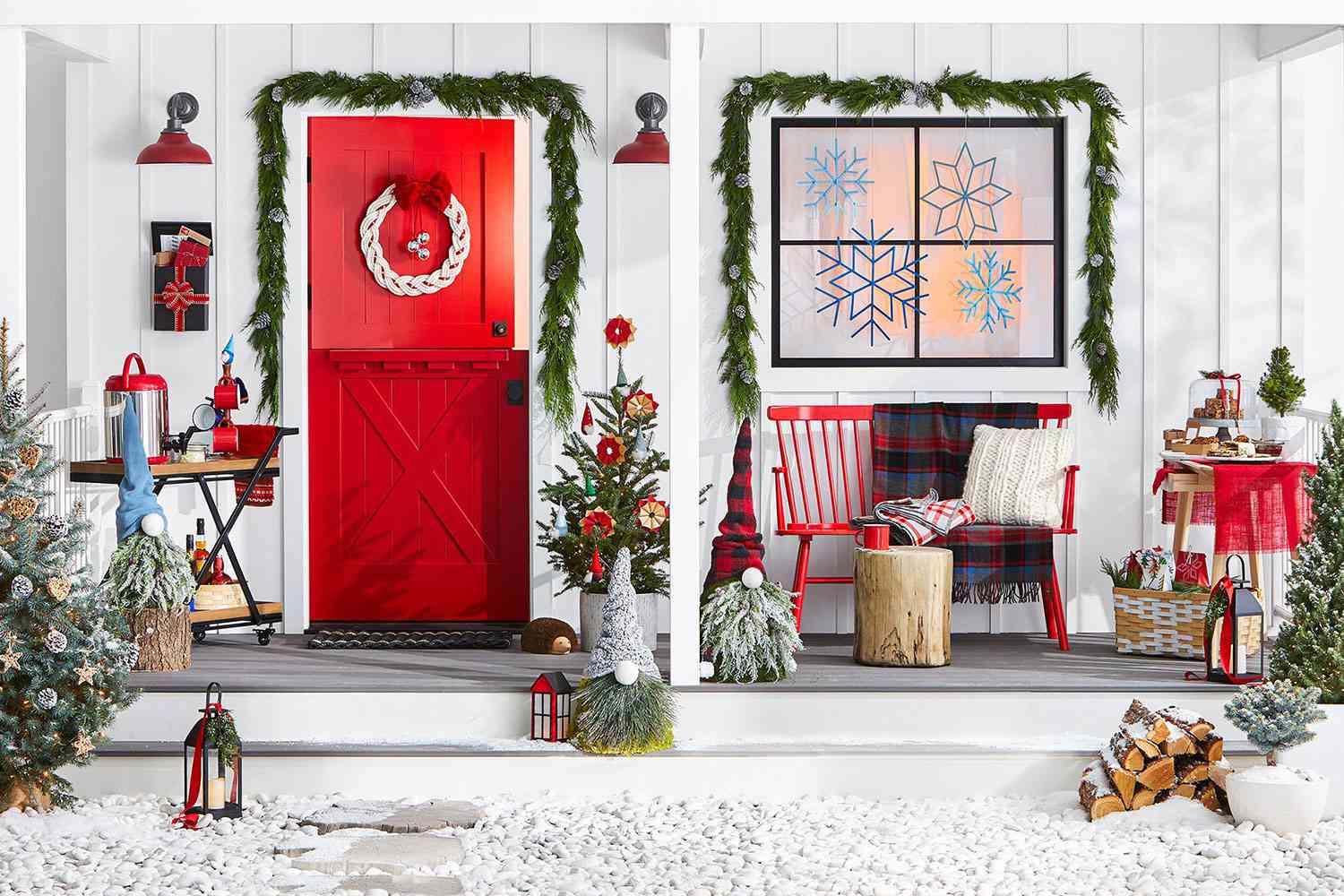
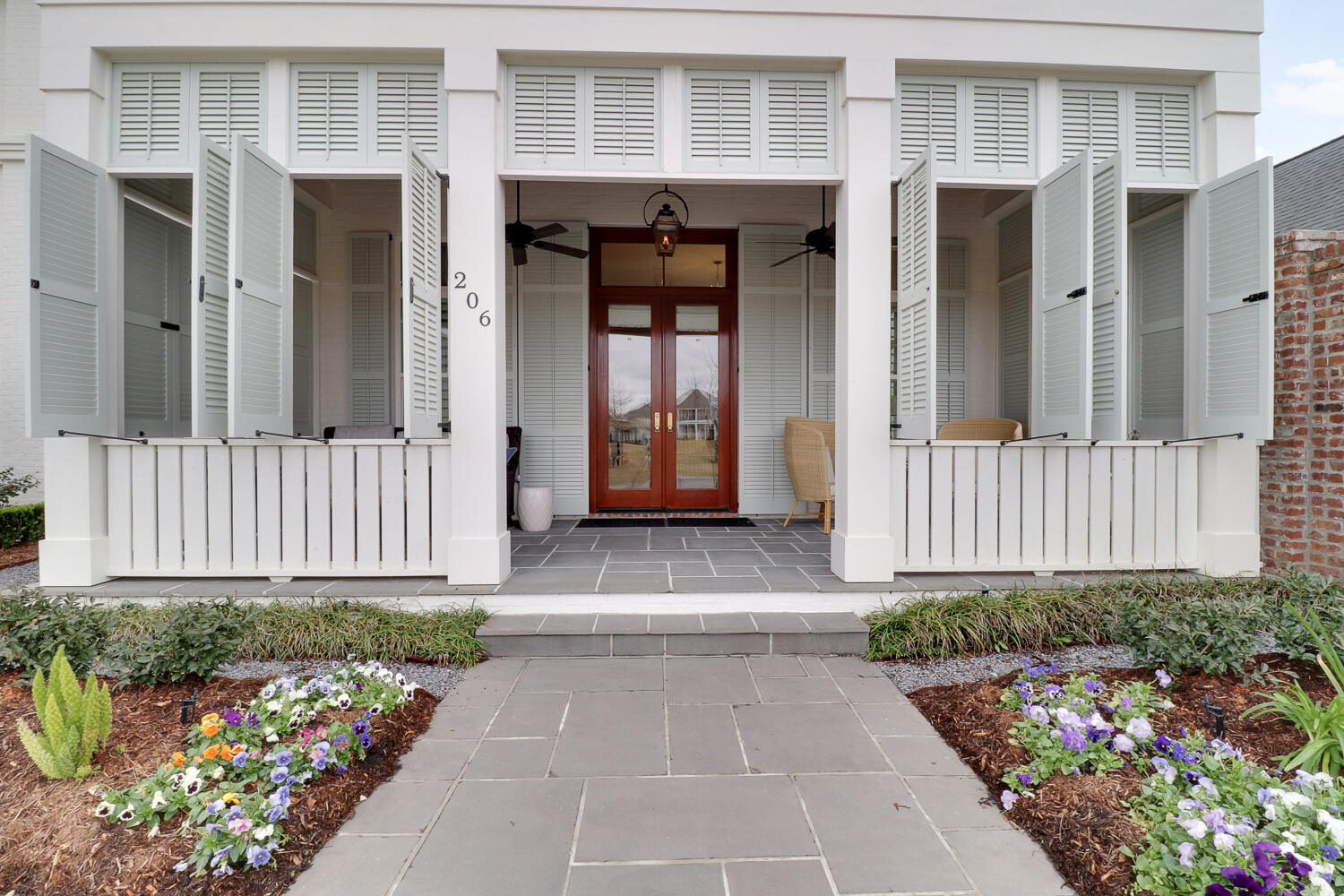
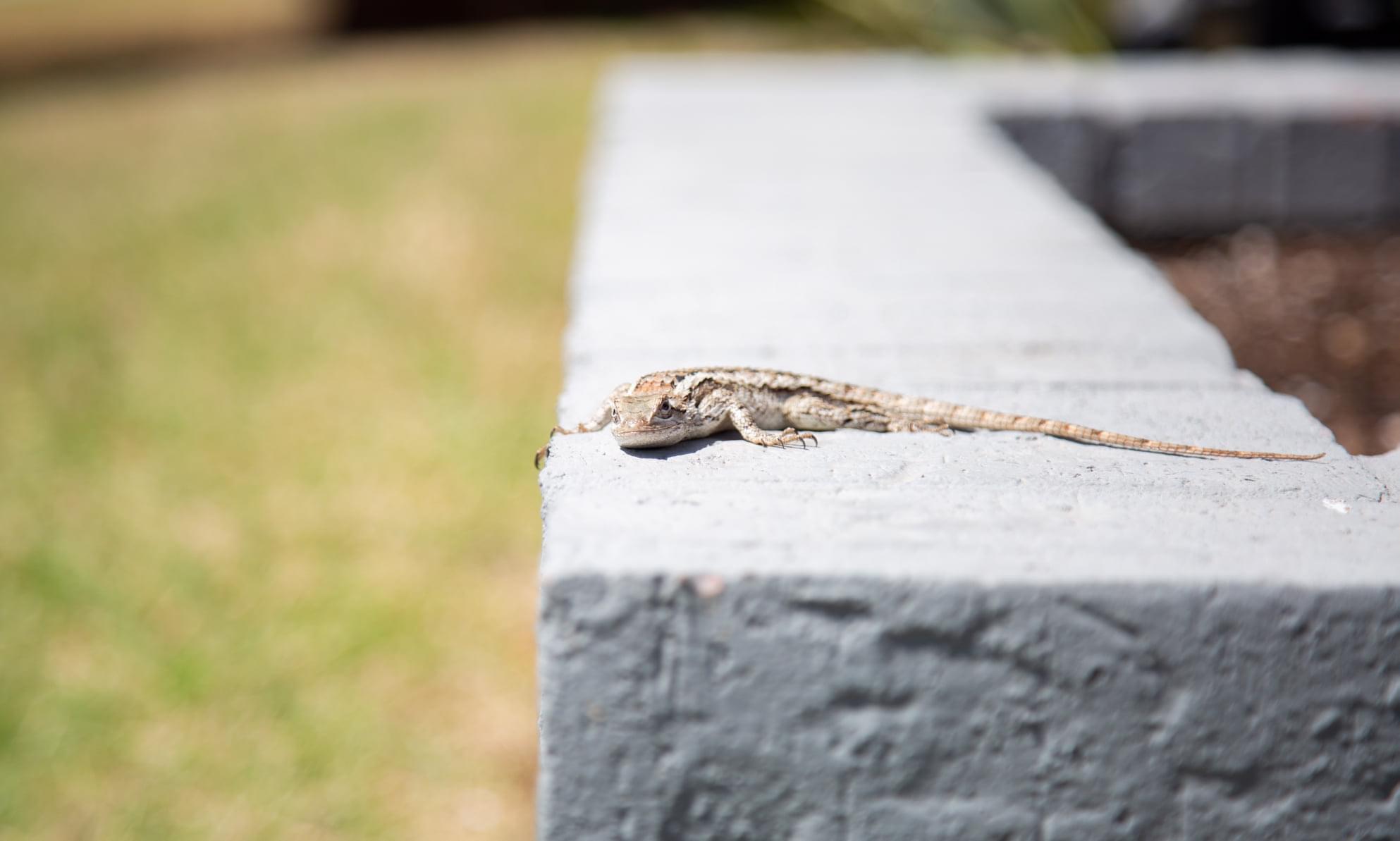
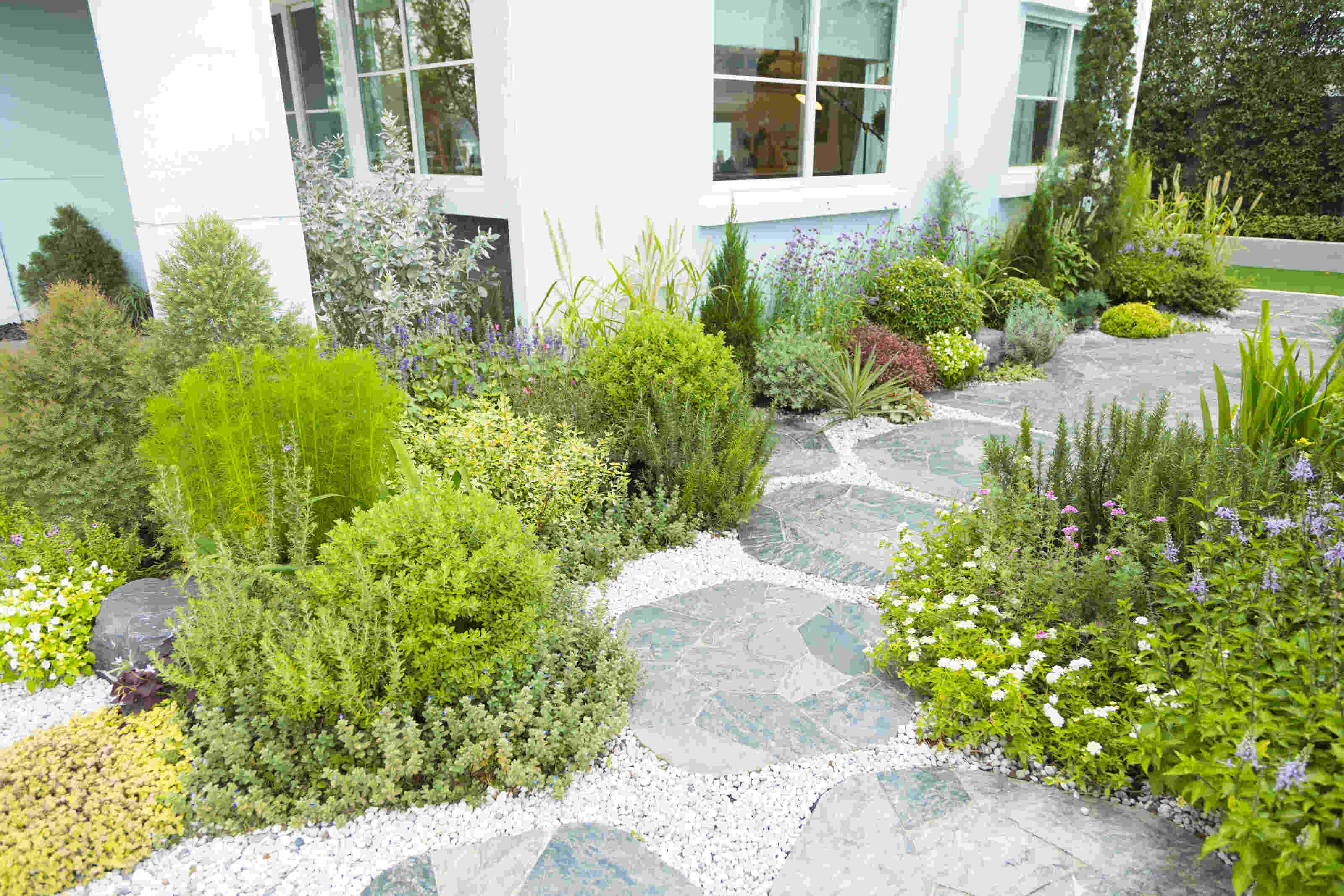
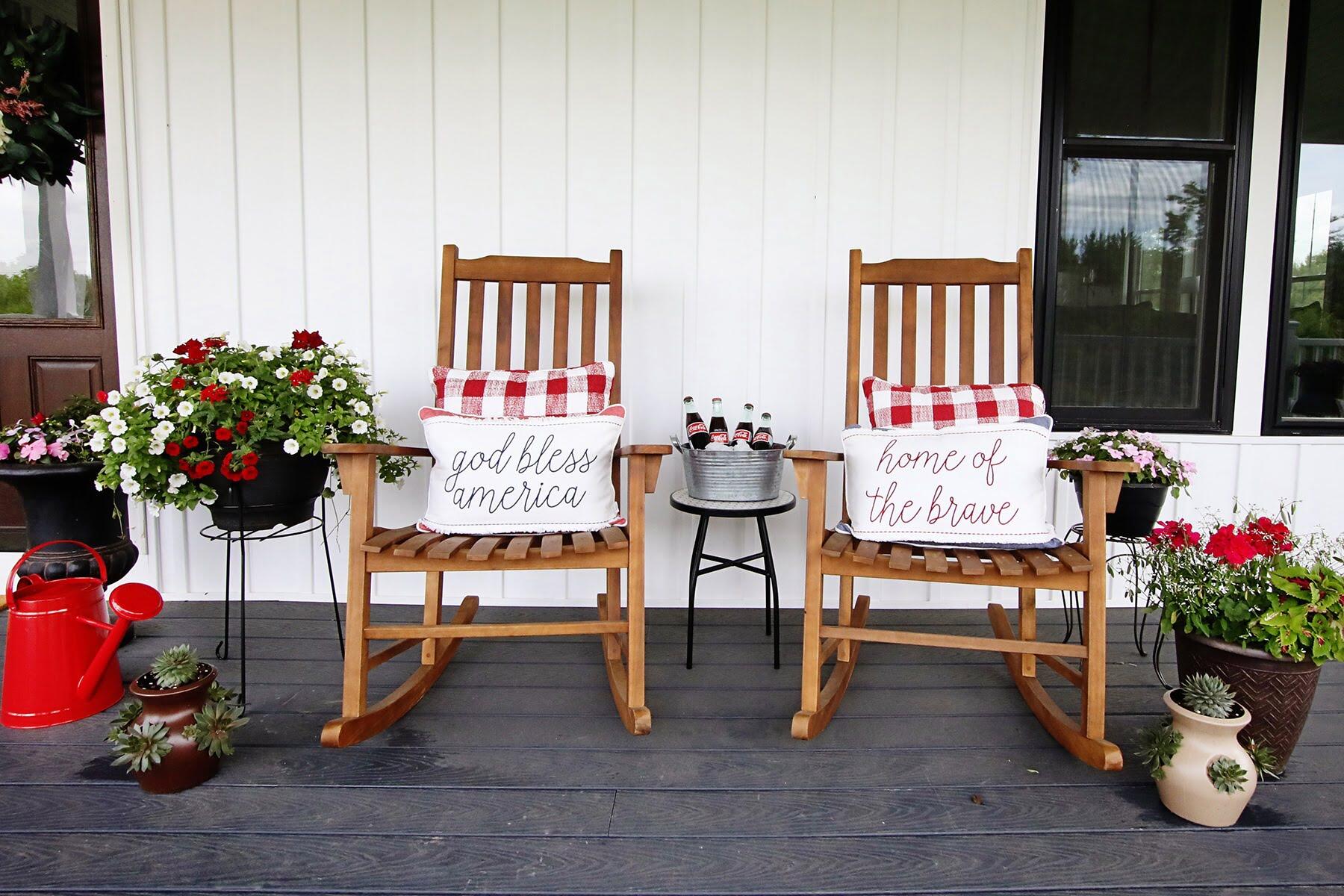
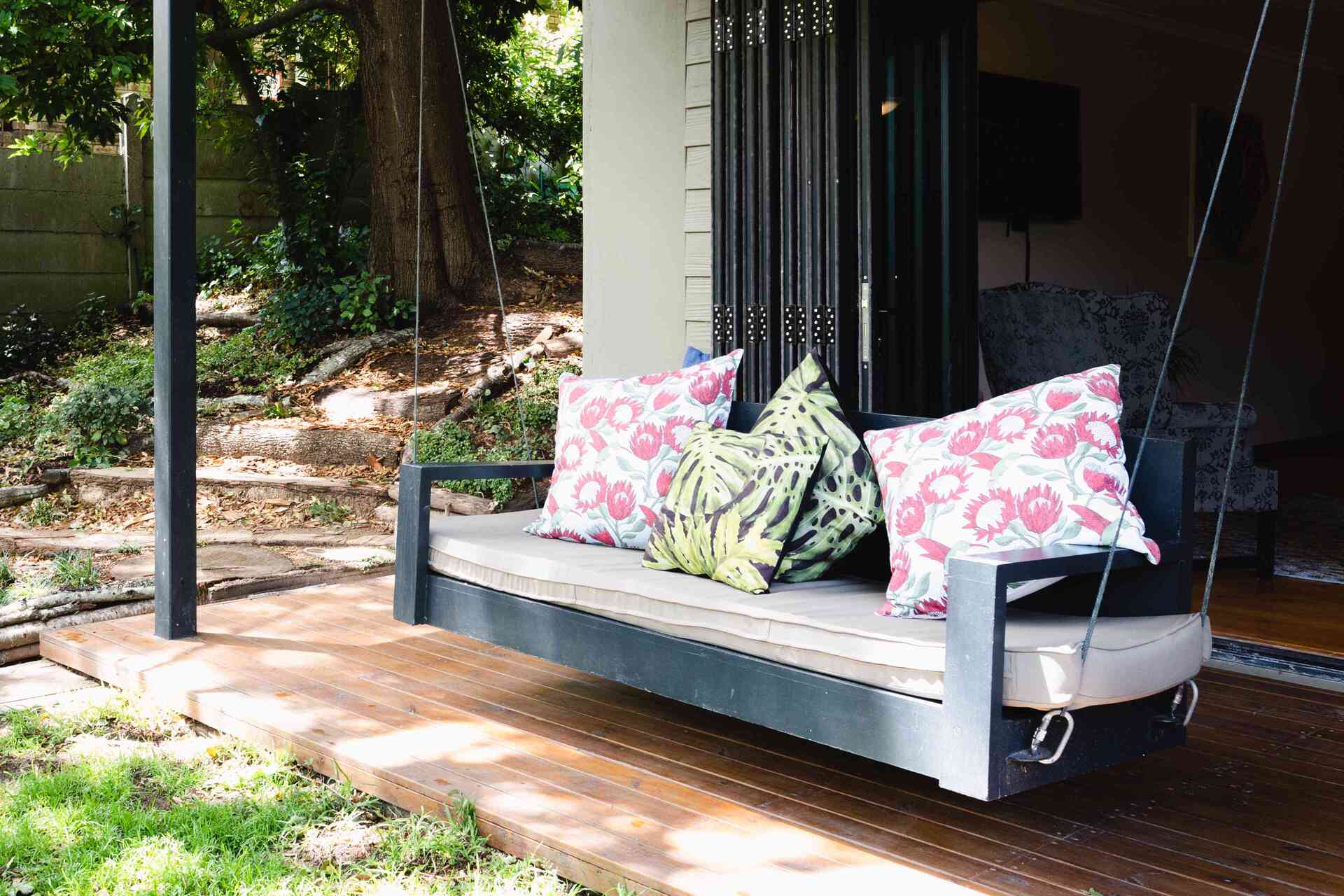
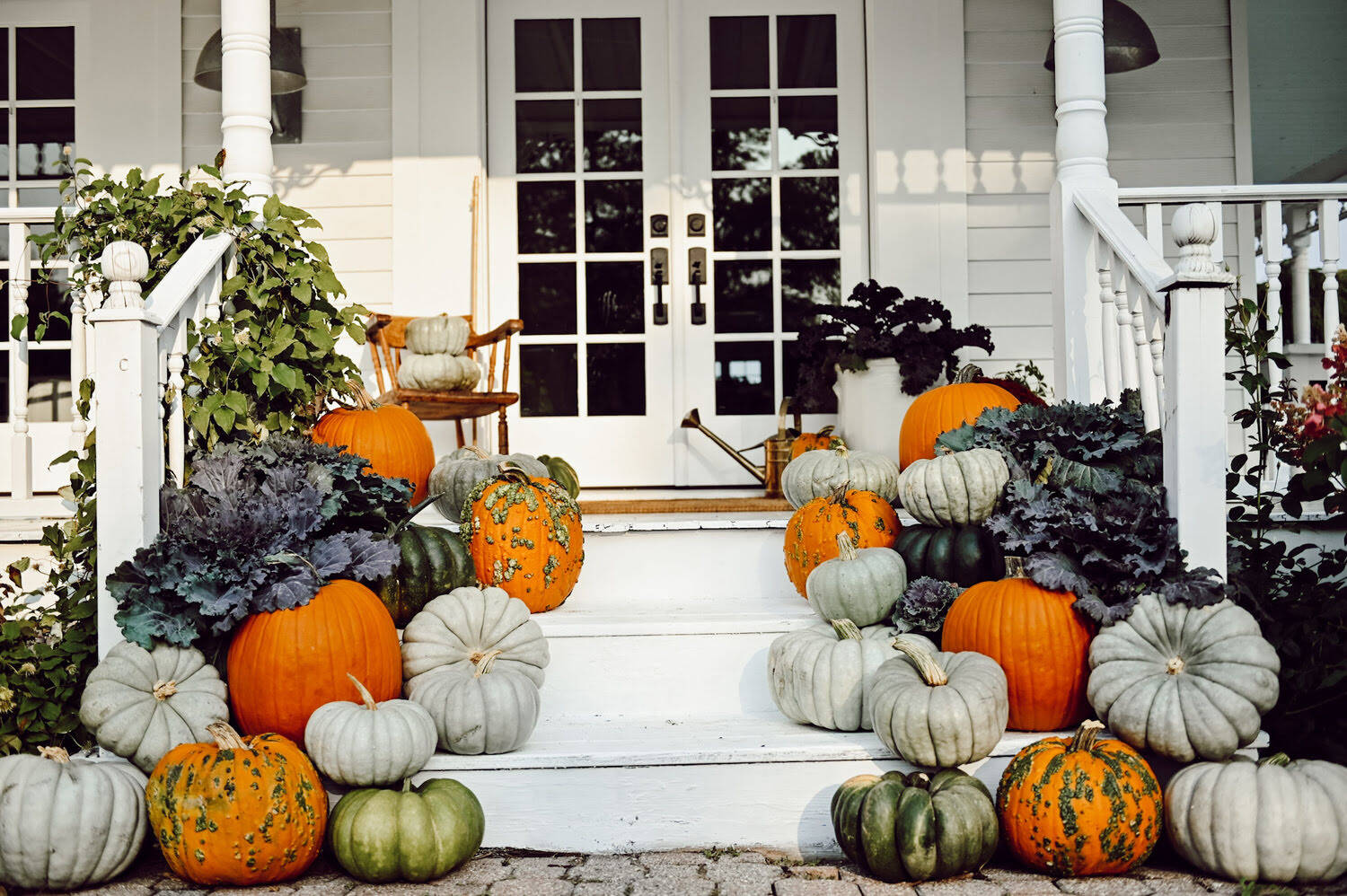
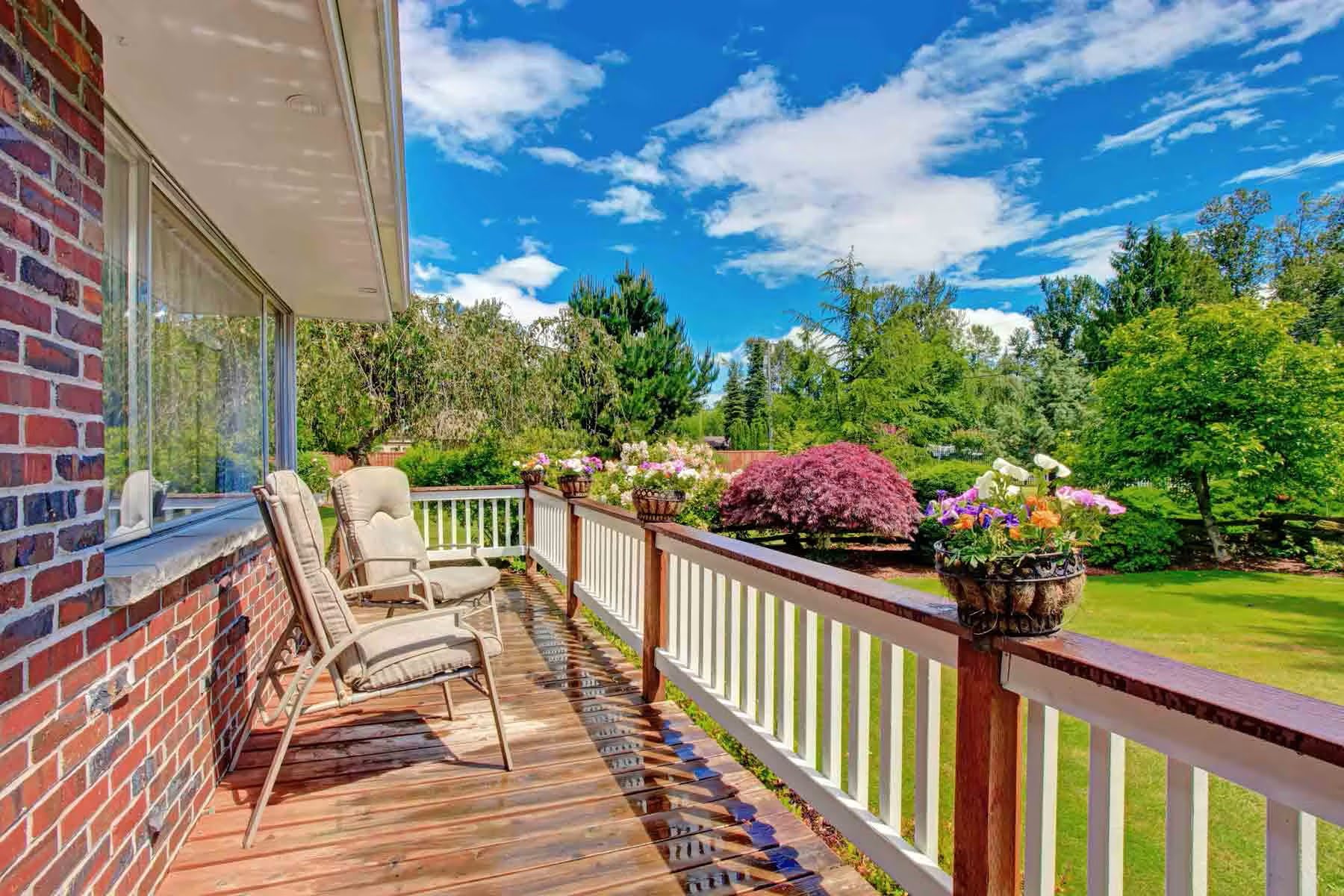
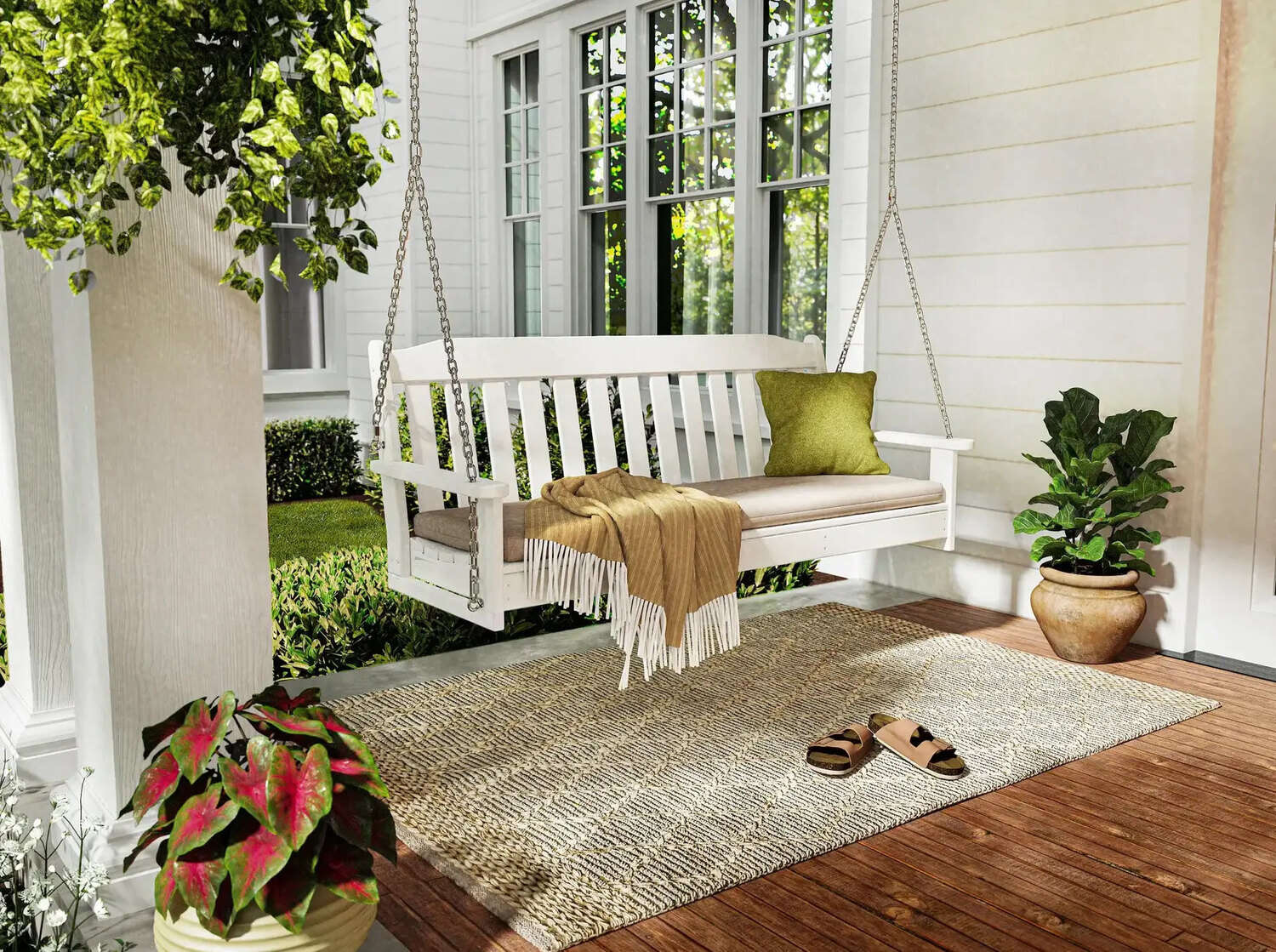
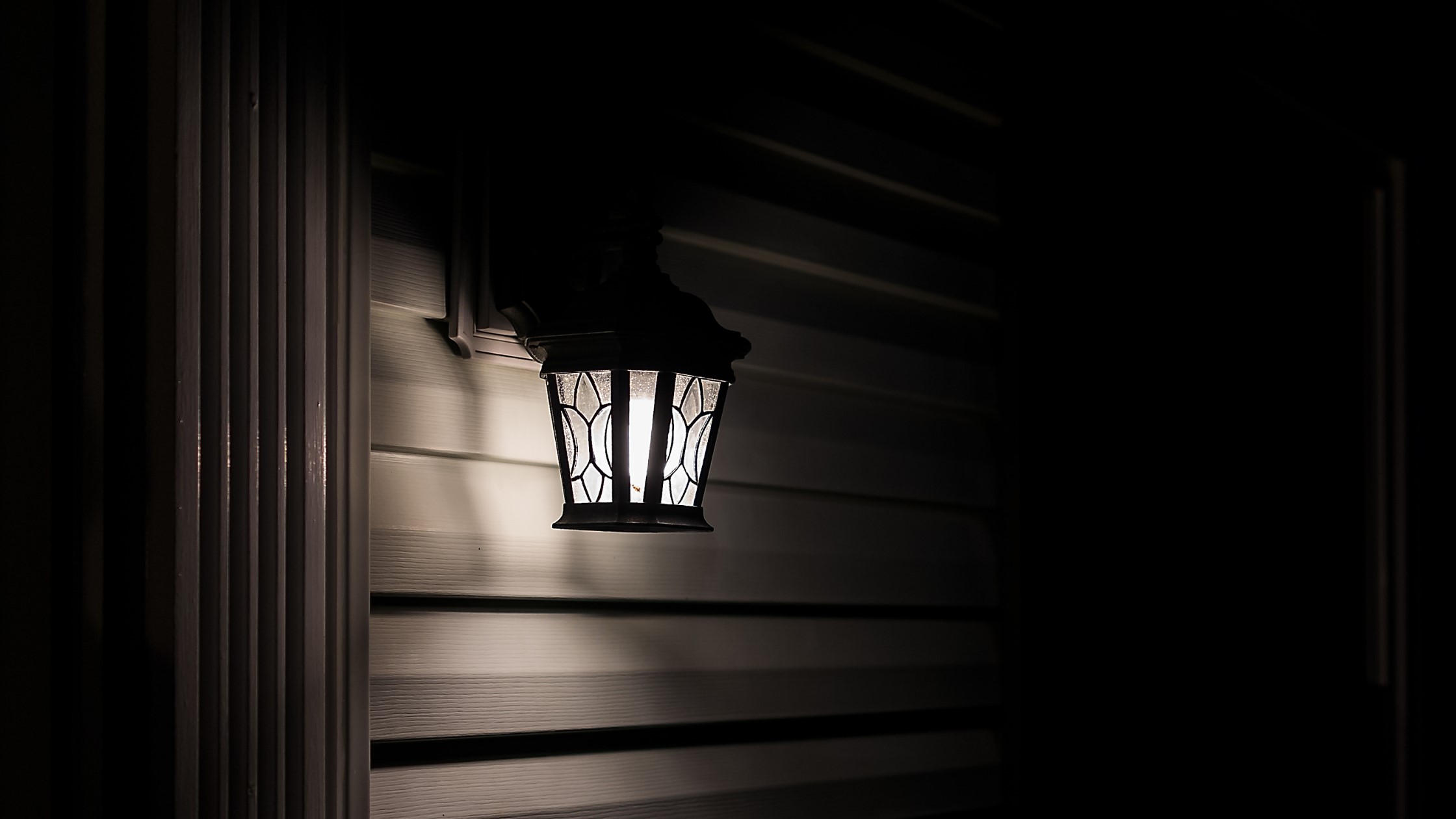
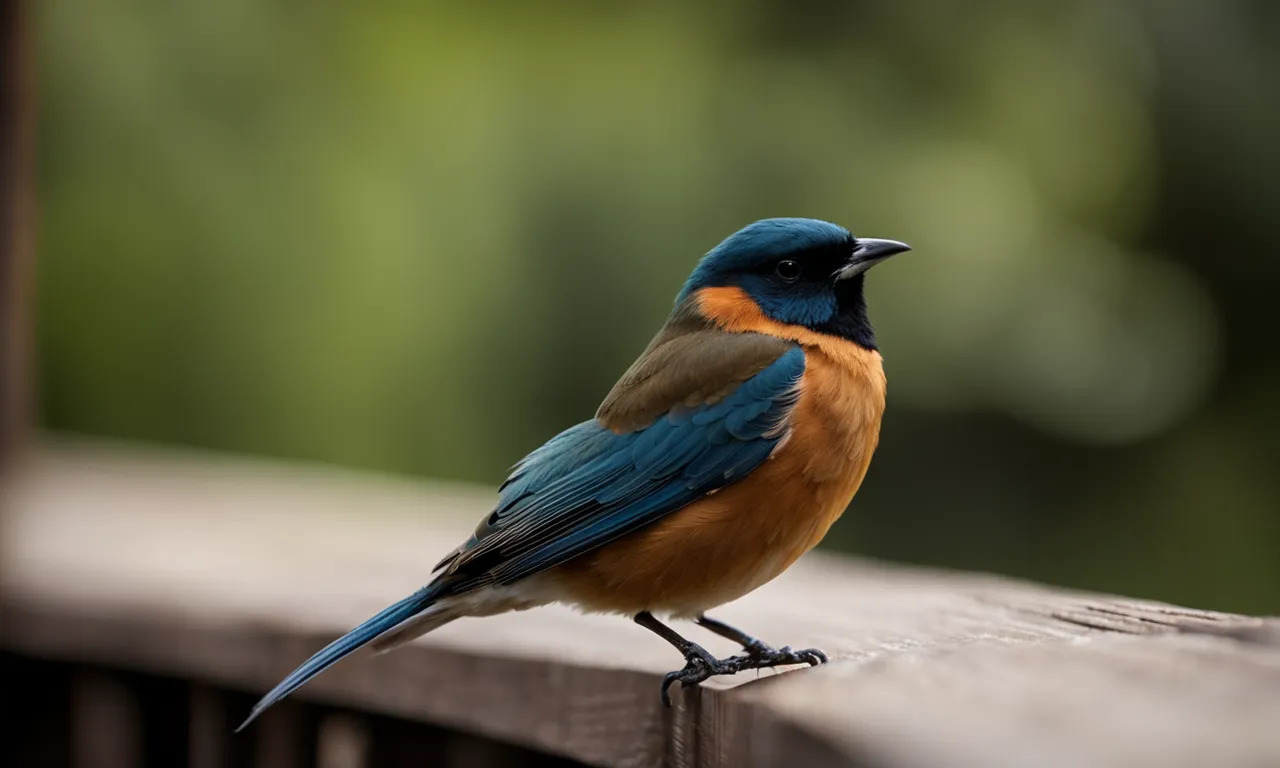
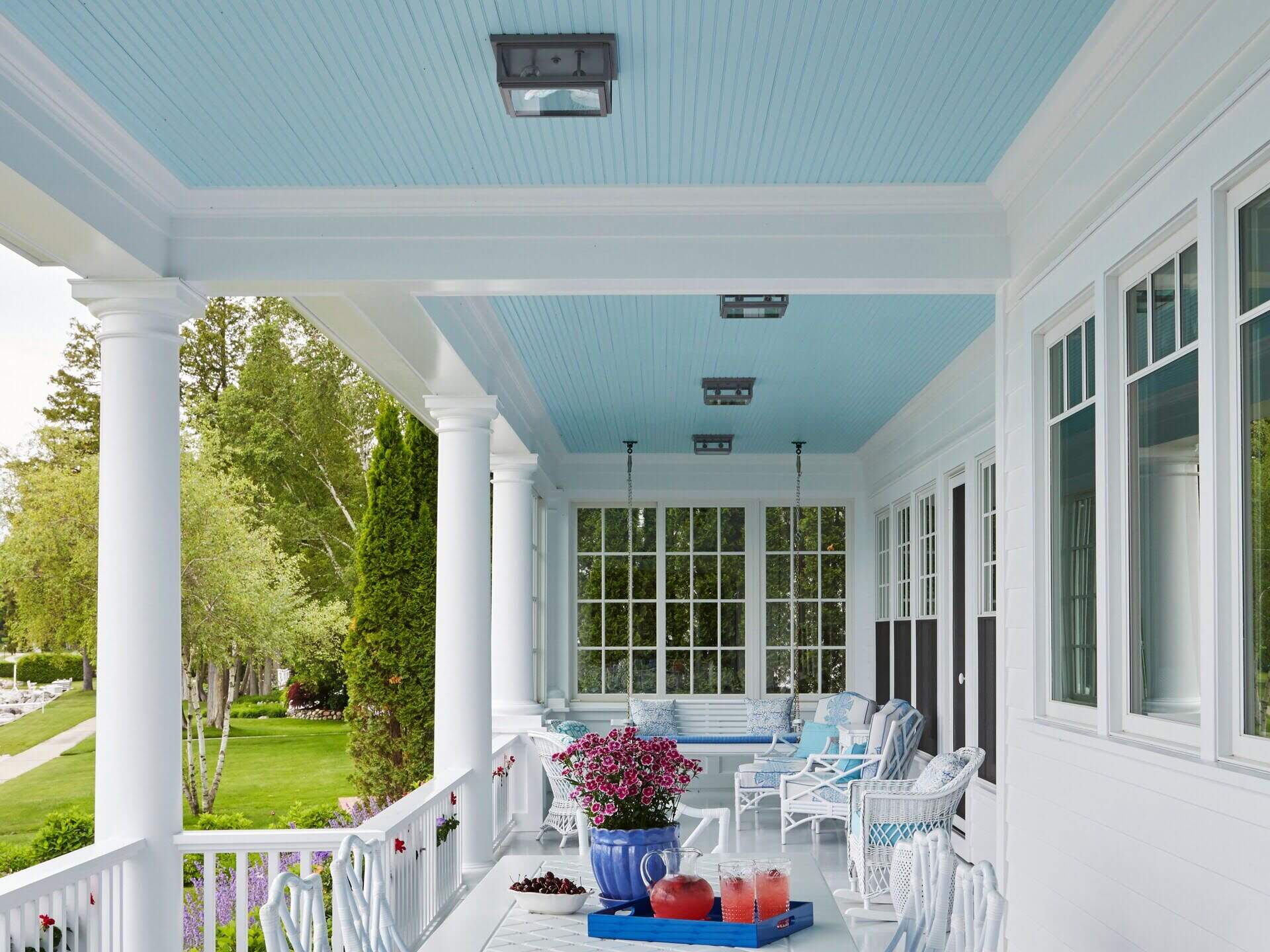

0 thoughts on “How To Do Basic Landscaping Design For The Front Of Your House”